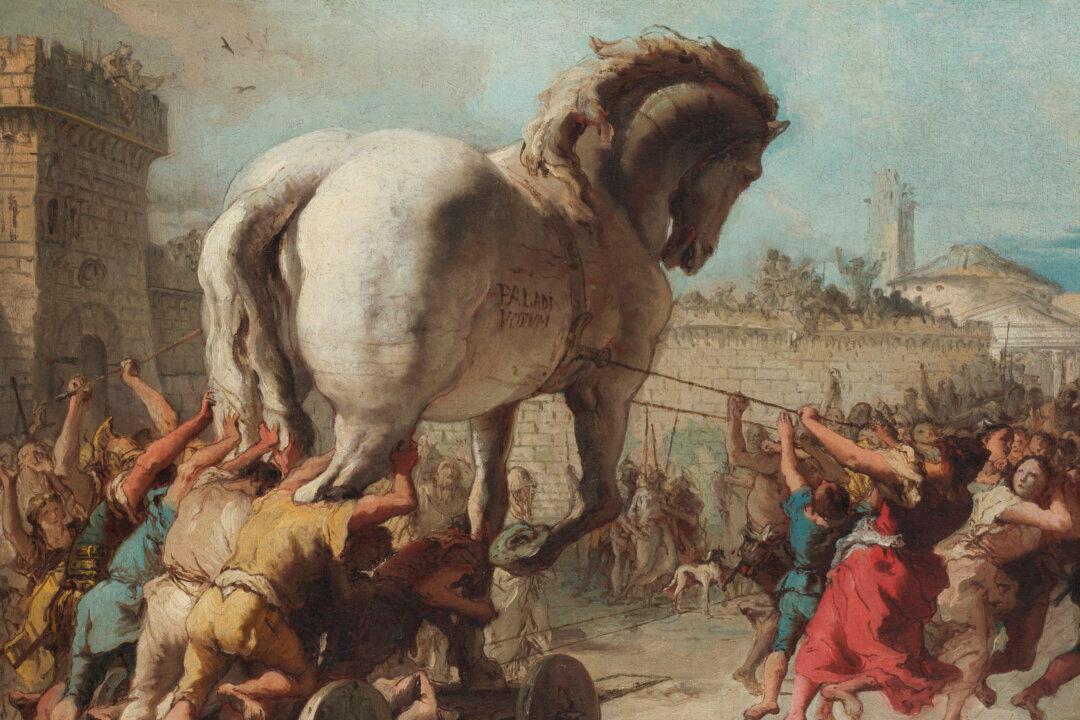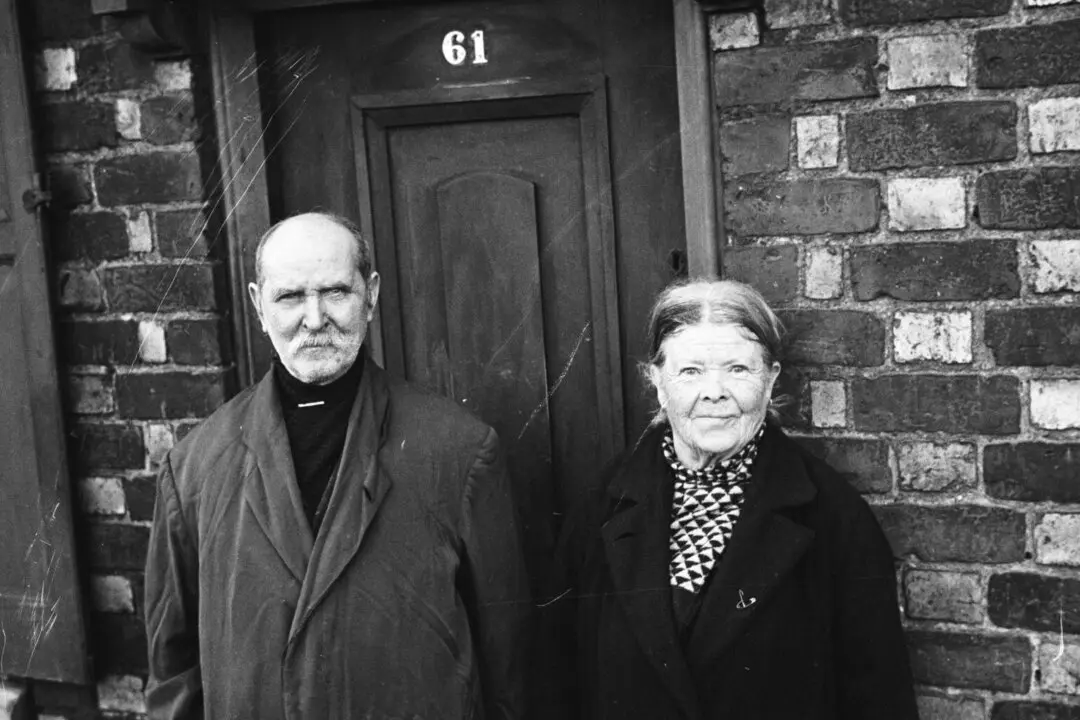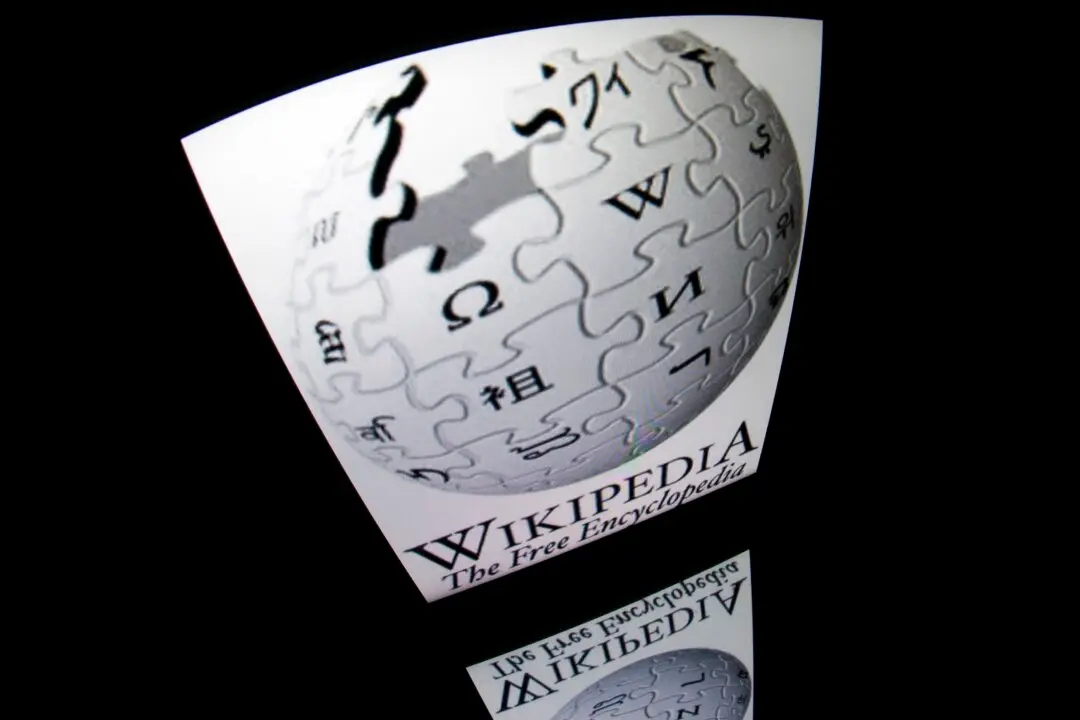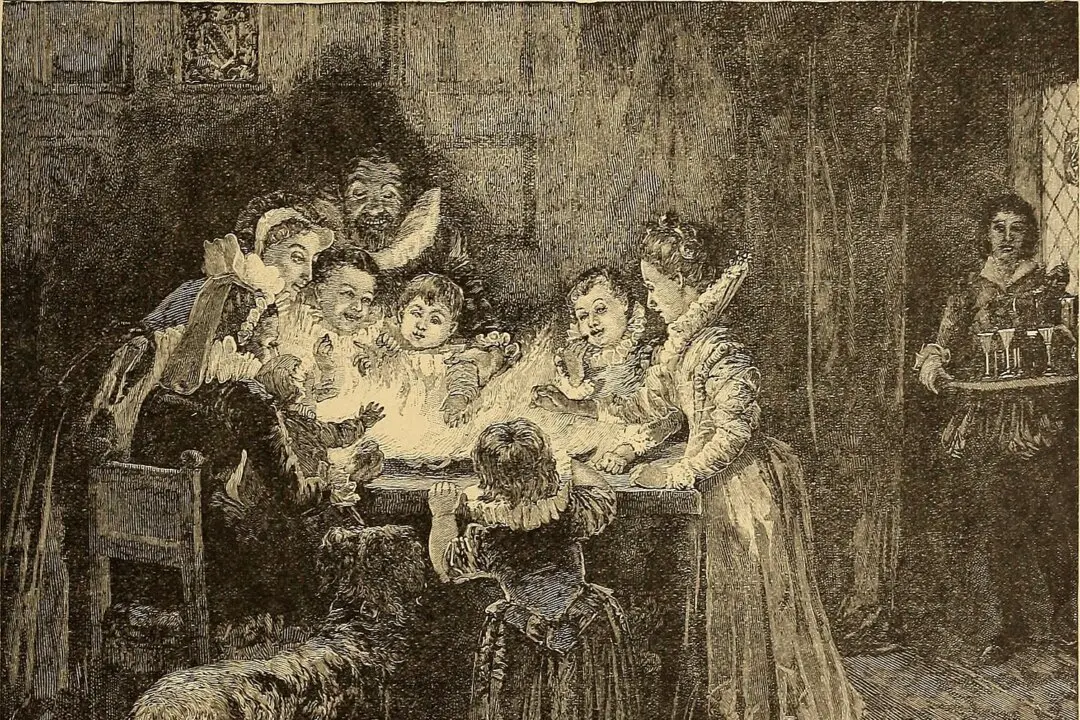In April 1917, French experimental sculptor Marcel Duchamp submitted a porcelain urinal to an art exhibit, signed “R. Mutt, 1917,” and called it art. It was a declaration of war against traditional ideas of sculpture, form, and beauty. Duchamp simply willed the urinal to be a work of art even though it clearly was not, stating that even ordinary objects could be art if they were “raised to the dignity of a work of art by the artist’s act of choice.” Art, he asserted, is entirely subjective.
This was the same man who defaced a print of the Mona Lisa by inking a cartoon mustache and beard onto the enigmatic face of the portrait and titling it with a risqué pun.






